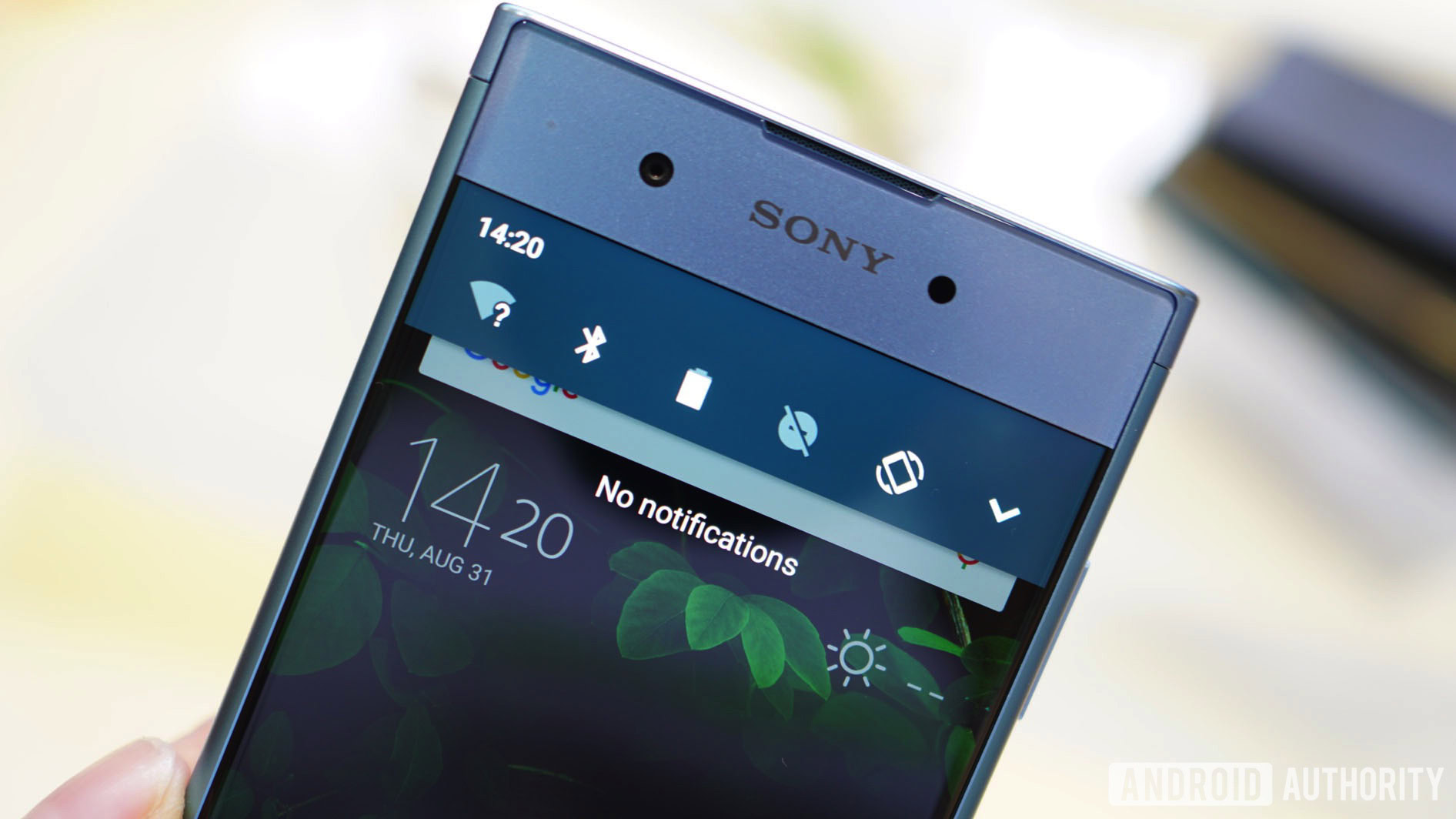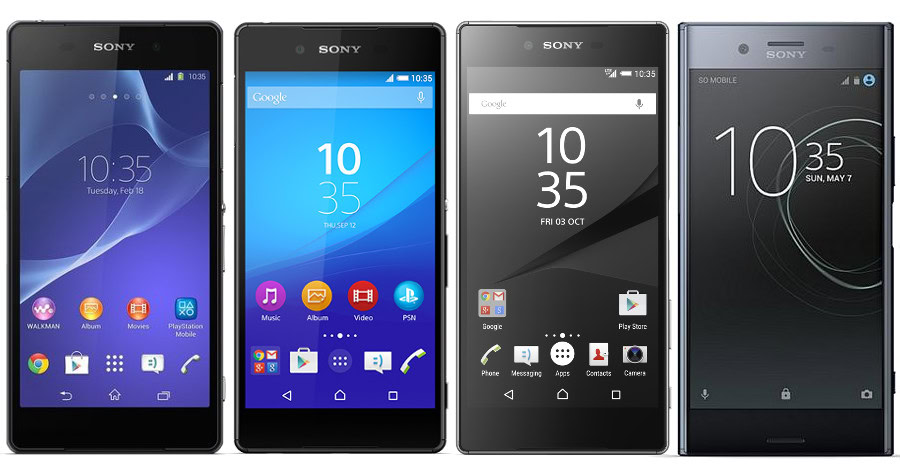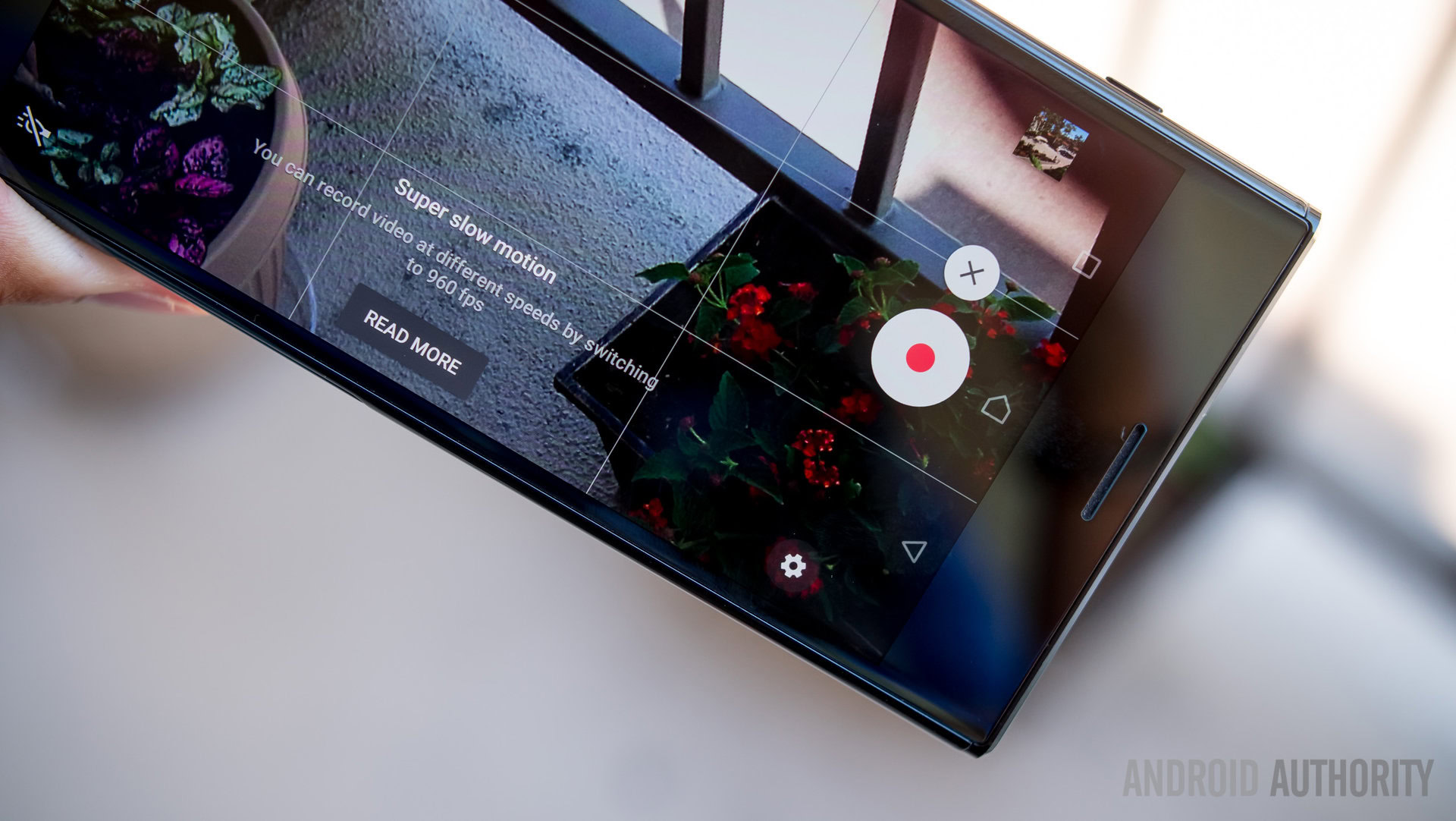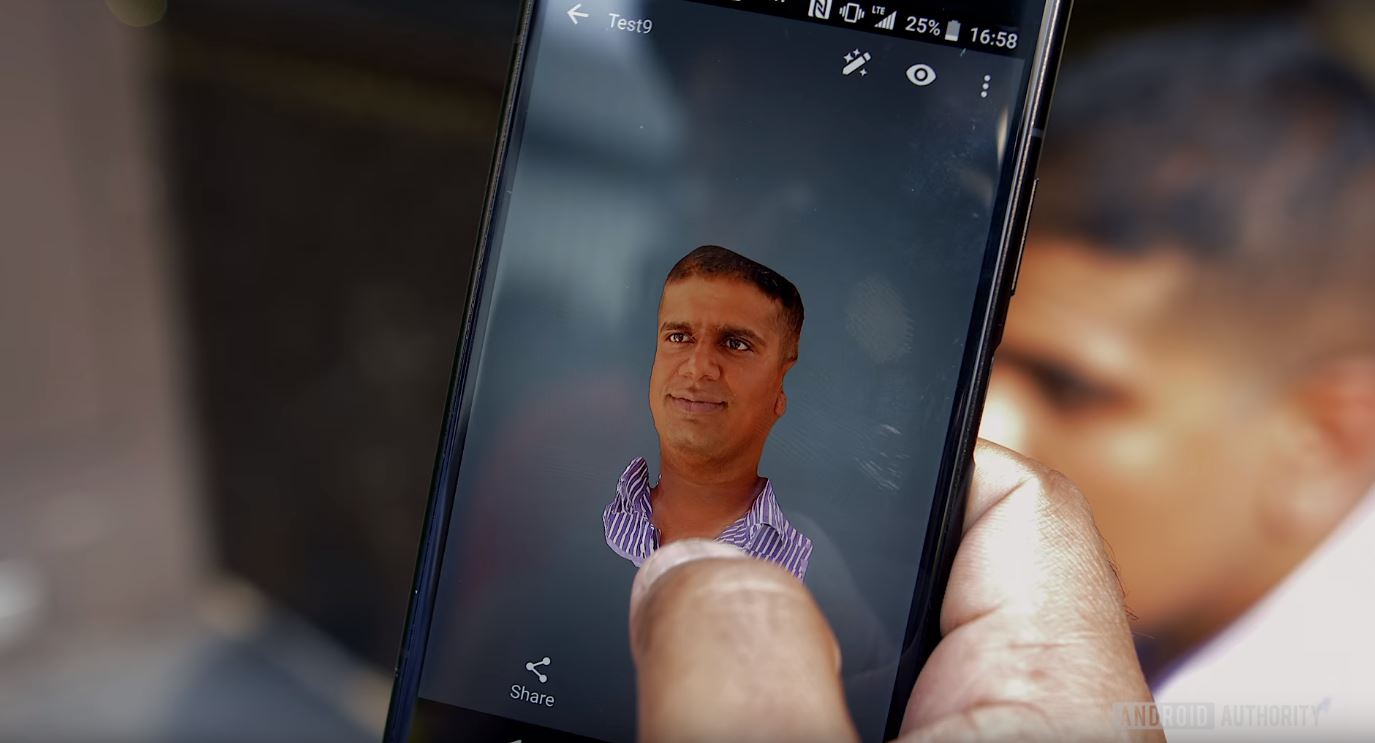Affiliate links on Android Authority may earn us a commission. Learn more.
Here's what Sony needs to do to get back in the smartphone game

After a series of restructuring efforts, Sony recently announced a return to good looking financial health, stating that the company is on track to set a new annual profit record. Full year profits are expected to come in around the $4.2 billion mark, due to the success of it’s Playstation, TV, and Sony Music divisions. Sony’s mobile division hovers on the verge of unprofitability, and sales have fallen from 33 million units in 2012 to just 14.6 million last year.
With smartphones clearly not a positive part of Sony’s balance sheet, other than perhaps from a brand perception standpoint, the company surely has to decide whether it’s worth continuing to invest money in one of its weakest business ventures. There are two choices: reinvent its strategy to make a meaningful impact in the smartphone market, or simply cut its losses.
Making money from mobile
Although Sony’s Xperia smartphones might not be generating major profits for the tech giant, it’s still an important segment for the company. Sony’s image sensor business supplies components to a huge number of handset OEMs and made $5.9 billion in revenue. Sony’s sensors are estimated to account for roughly half of the market, even though the company recently cut sales estimates by 2.9 percent for the year.
Smartphone camera components are big business for Sony. However, does Sony need to actually be in the business of designing and selling phones in order to profit from them? After all, some of its biggest customers include Apple and Samsung, who sell significantly more handsets.
Unlike Google, there’s little persuasive argument that Sony’s Xperia line acts as a reference point to propelling the industry forward, even if its camera setups and components are consistently ranked highly. In fact, many criticize Sony as being one of the least innovative smartphone companies. I feel that’s a little too harsh.

The same old design
The most common criticism levelled at Sony’s Xperia range is the similarity of its bi-annual releases. That too many phones release each year looking far too similar is a fair point. The company could certainly benefit from a revamped design to catch the attention of the style-conscious consumer. After all, if you’re charging premium prices, your phone has to look and feel as premium as this year’s cutting edge designs like the LG G6 and Galaxy S8.
With HDR playback, LDAC, and a top-notch camera, Sony's phones are truly high-end, but the design is dated.
The biggest problem here is that reusing the same old look hides the company’s true innovations and strengths, weakening its already poor marketing image.
More obscure features like its 3D Creator software, WiFi PlayStation 4 streaming, and 4K HDR playback easily become lost on store consumers when your phone looks the same as the last generation or other models at a cheaper price point. Innovative features need to come in a package that looks equally cutting edge to hammer the point home.
Ultimately Sony needs to get on the same page as consumers, offering us what we want rather than attempting to prescribe their vision of the smartphone to us. Ultra thin bezels, top-notch pictures, and smart software (AI) are hot. Sony’s dated design is not.

Utilizing its media expertise
Sony’s greatest strength lies in its multimedia experience and technologies, yet the company hasn’t managed to leverage this in its smartphones. We’ve seen Sony offer a 4K HDR display, 960 fps slow motion video recording, and high quality LDAC Bluetooth capabilities inside its flagship products, but these haven’t struck the right note with consumers to shift handsets.
Partly this is because these features are of limited use. 4K HDR content is hard to come by and doesn’t reap the same benefits as when viewing on a 64″ TV. Slow motion video recording is also a niche use case that many will use once and forget. LDAC is a proprietary standard and doesn’t yet have the range of third party products needed on the market to make it a noteworthy feature for most consumers.
There’s a similar problem with its software. Sony has attempted to leverage its Walkman brand for its Android audio app, but the reality is it does nothing more than any other music app. In fact, it lacks the features of some of the most popular third party apps on the Play Store.
The LG V series is lauded for its media capabilities, and Sony has the in-house technology it already leverages to do similar. Not forgetting potential useful links to its film and music empires. The difference appears to be marketing.
However, this isn’t to say that Sony couldn’t harness its media prowess to gain an edge over its competitors. The LG V30 is lauded by many for its impressive camera, video shooting, and great DAC capabilities.
Sony could use its Walkman brand to build and market some better than average audio hardware (the Hi-Res branding is dull), features, and software and bundle it under one easy to understand package or brand to win over the audiophile crowd. Combined with LDAC, which Sony is making increasingly accessible to third party developers, this could be a potent audio combination.
On the imaging and video side, Sony’s image sensors are used by many leading smartphone manufacturers, but the company has neglected consumer preferences. Stylish bokeh effects, optical zoom, and wide angle lenses, have been adopted by many OEMs through using dual cameras. Like Google, Sony may not see dual cameras offering much of a benefit to image quality, but in that case it needs to go a step further with software features— either upfront or behind the scenes— to make itself a more notable player in the photography space.
There’s also Sony’s vast media empire which could be used to tie this all together. You can make use of PlayStation Video, stream games, and use your phone as a remote for your BRAVIA TV with the latest Xperia XZ Premium, but Sony should push this much harder. Why not bundle phones with a free Hi-Fi music and HDR video streaming subscription to push entertainment as the centerpiece of the Xperia experience, even if it’s only time limited for a few months?

Time to get serious
Sony’s previous strategic decisions haven’t made its situation any easier. The company’s woeful marketing and lack of carrier partnerships is keeping it locked out of some important markets. Its complete absence from carrier stores in the US not only hurts the company in terms of presence but also makes it harder to compete on price with contract subsidized flagships from its rivals.
Speaking of the US, Xperia phones still arrive with fingerprint scanners disabled, removing one very commonly used feature that even low-cost alternatives ship with. The reason appears to be patent related, but it’s another avoidable blow to the Xperia line. Unfortunately, low sales volumes and issues like this combine to make Sony an unattractive partner for many carriers.
Sony should not only to reinvent the look of its Xperia range, but needs to work closer with carriers and hone a more aggressive marketing strategy.
As well as reinventing its phones for a broader appeal, Sony could take a more serious approach to expanding its business reach. Bringing a larger number of carriers on-board and pushing its products into stores where they’ll sit next to the Galaxy and iPhone is essential, as is hitting much harder with its marketing. To accomplish this, Sony may need to further reshuffle its senior staff to bring in fresh perspectives. Clearly the company’s other divisions are working well and have streamlined themselves to become highly profitable. Sony Mobile could use some of the same attention.
Sony is doing lots of stuff right on the feature innovation side, but it really needs to improve its messaging. Ultimately consumers don’t want 101 feature names thrown at them to convince them why a product is the best, they yearn for products that just work. Apple, Google, and Samsung get this. Sony does not.